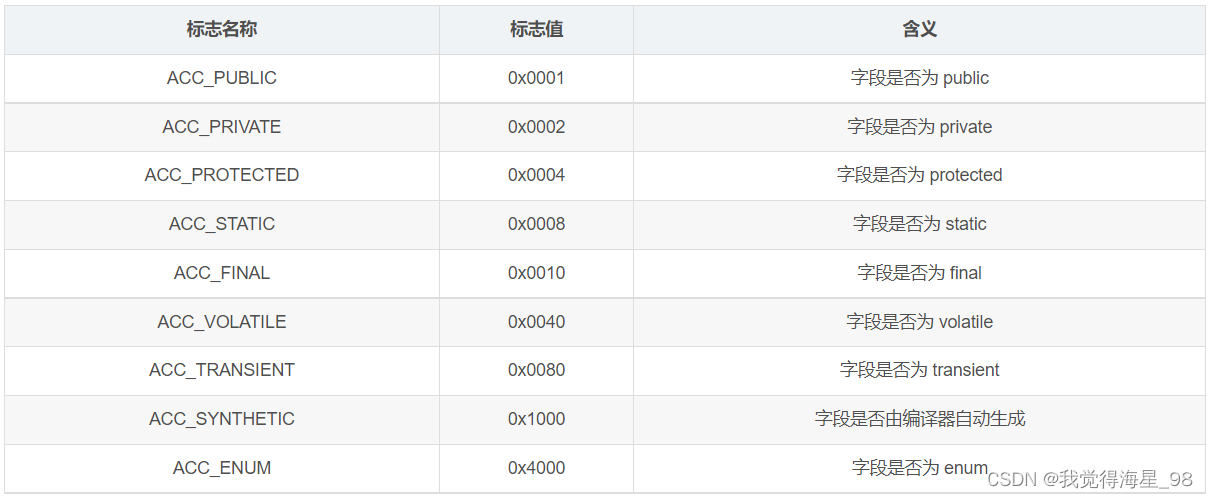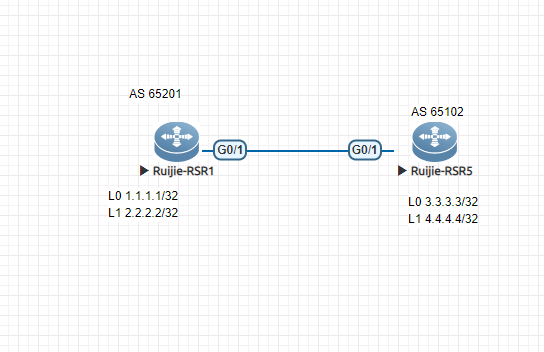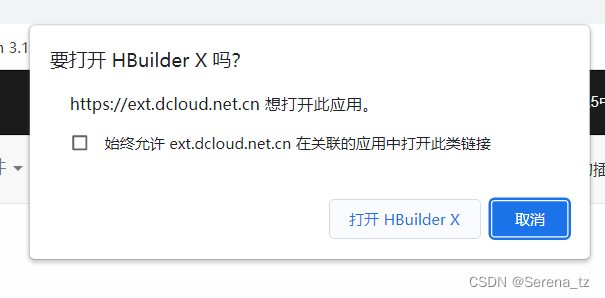当前位置:网站首页>Redis---1. Data structure characteristics and operation
Redis---1. Data structure characteristics and operation
2022-07-02 06:20:00 【Srwici】
Catalog
Redis
Redis: Full name Remote Dictionary Service, Remote Dictionary Service .
1. Redis Infrastructure
Redis All data structures of are based on a unique string key, And then by going to this key To get different data structures .
The basic data structure is divided into 5 Kind of :
- string: character string
- list: list
- hash: Hash
- set: aggregate
- Zset: Ordered set
1.1 string( character string )
1.1.1 Concept
Redis The string of is len( length ) and cap( Capacity ) The concept of ,len Is the actual length of the string ,cap Is the capacity of the string . When cap The size is less than 1m when , Every increase doubles , exceed 1m Will increase each time 1m,cap The maximum value of is 512m.
Redis The string adopts the method of pre allocating redundant space (cap > len), Avoid frequent memory allocation .
1.1.2 operation
String type operations
For a single string K-V Make changes ,get、set command
# key-value Addition, deletion and modification of
>set key value # Add and modify
OK
>get key # Inquire about value
"value"
>exiist key # Inquire about key
(integer) 1
>del key # Delete key
(integer) 1
>get key # The query cannot be found after deletion
(nil)
Batch key value pair setting acquisition
command mget,mset
>mset name1 11111 name2 22222 name3 33333
OK
>mget name1 name2 name3
"11111"
"22222"
"33333"
expire,key Expiration time setting and setex、setnx set The extension of the command
#key Expiration time settings
>set name "test"
OK
>get name
"test"
>expire name 5 # The unit is in seconds
#wait for 5s
>get name
(nil)
#set Expand
>setex name 5 "test" # Set the expiration time while setting
>setnx name "test" # Set up key, If it exists, the setting fails , If it does not exist, the setting is successful
Self increasing order incr、incrby, Used in value Is an integer . The scope of self increase is signed long Maximum and minimum of
>set name 5
OK
>get name
5
>incr name
>get name
6
>incrby name 5
>get name
11
>incrby name -5
>get name
6
bitmap: A string consists of bytes ,1 Bytes are 8 individual bit form , So a string has multiple bit form , This is it. bitmap data structure .
1.2 list( list )
1.2.1 Concept
Redis The list of is equivalent to Java Of LinkedList, It is a linked list rather than an array , The linked list feature is to add and delete quickly O(1). But finding a specific location is slow O(n).
When the last element pops up in the list , The data structure is automatically deleted , Memory is recycled .
List Data structures are often used as asynchronous queues , Serialize the structures that need to be processed later into strings and insert redis A list of , Another thread polls the data from the list for processing .
1.2.2 operation
rpush and rpop as well as lpop
Redis Both of them are based on rpush To build . according to rpop and lpop Take data from different directions .rpop Deposit first list Number of numbers , Like a queue , First in, first out ,lpop Go first and deposit later list The data of , Similar stack , First in, then out .
> rpush books Math English Golang
(integer) 3
> llen books
(integer) 3
> rpop books
"Golang"
> lpop books
"Math"
lindex, amount to Java In the middle of the table get(int index) operation , Need to traverse the list , Then take the value of the number .ltrim, Within the reserved interval , Remove the , Get a new linked list .lrange, Print the values in the interval
> rpush days Monday Tuesday Wednesday Thursday Friday Saturday Sunday # Make a new one rpush
(integer) 7
> llen days
(integer) 7
> lindex days 2 # Get the subscript as 2 Value
"Wednesday"
> lindex days 0 # The subscript is from 0 At the beginning
"Monday"
> llen days
(integer) 7
> lrange days 0 -1 #-1 Is the penultimate number ,-2 Is the penultimate number
1) "Monday"
2) "Tuesday"
3) "Wednesday"
4) "Thursday"
5) "Friday"
6) "Saturday"
7) "Sunday"
> llen days
(integer) 7
> ltrim days 1 -1 # Get the list from the first element to the last element
OK
> llen days # The original article 0 Bit Monday Remove
(integer) 6
> lrange days 0 -1 # Newly generated list 2
1) "Tuesday"
2) "Wednesday"
3) "Thursday"
4) "Friday"
5) "Saturday"
6) "Sunday"
> ltrim days 1 -2 # Get the newly generated list 2 The list from the first element to the last two elements is from Wednesday To Saturday
OK
> llen days
(integer) 4
> lrange days 0 -1 # Traverse the list , Found that the original
1) "Wednesday"
2) "Thursday"
3) "Friday"
4) "Saturday"
list Primary solution of bottom layer
When there are fewer list elements, use ziplist, By compressing the elements and storing them in a continuous memory , When there are many elements, we use quicklist, Through the linked list and ziplist Combine , By putting more than one ziplist Carry out two-way series , It avoids the problems of space waste and memory fragmentation of ordinary linked lists .
1.3 hash( Dictionaries )
1.3.1 Concept
Redis The dictionary in is equivalent to Java Medium HashMap,
The same thing : Array combined with linked list , disorder .
Difference :Redis in hash The value of can only store strings .Java Of rehash Operation is allin, All at once rehash,redis It's progressive rehash, In a progressive way rehash Will be in rehash Keep the old and new hash, Then query two , Only later will the old hash The content of is slowly synchronized to the new hash in , When removing the last old hash after , The original data structure will be deleted .
hash The advantages of , When storing, you can store different fields of an object separately , When storing strings, you need to store the whole object , On complex object access Consumption is less than string
For a single string ,hash The storage consumption of the structure will be higher than that of a single string .
1.3.2 operation
hget、hset、hgetall、hmset,hget: Get a single key Corresponding value.hset: Set up a k-v Key value pair .hgetall: Get the key All under value.hmset: Set up multiple k-v Key value pair .
> hset books java "first book"
1
> hset books golang "second book"
1
> hset books php "third book"
1
> hgetall books
1) "java"
2) "first book"
3) "golang"
4) "second book"
5) "php"
6) "third book"
> hlen book
0
> hget books java
"first book"
> hset books golang "second book" # There is no change before and after the update
0
> hget books golang
"second book"
> hmset books java "update first book" golang "update second book" php "update third book" # according to key Bulk changes value
OK
> hgetall books # according to key Batch acquisition value
1) "java"
2) "update first book"
3) "golang"
4) "update second book"
5) "php"
6) "update third book"
1.4 Set( aggregate )
1.4.1 Concept
Redus The set of is equivalent to Java Inside HashSet, Internal key value pairs are unordered and unique , That is, random de restocking , be-all value All are null
1.4.2 operation
sadd、spop、smembers、sismember、scard
sadd: add to value Get into key aggregate .spop: from key Take it out of the collection value.smembers: Show all the elements in the collection .sismember: Query whether there are elements in the collection .scard: Count the total number of elements in the set .
> sadd member golang
(integer) 1
> sadd member golang
(integer) 0
> sadd member java php python
(integer) 3
> smembers member
1) "java"
2) "python"
3) "golang"
4) "php"
> sismember member java
(integer) 1
> sismember member javas
(integer) 0
> scard member
4
> spop member
"php"
> spop member
"golang"
> spop member
"java"
> spop member
"python"
> spop member
(nil)
1.5 ZSet( Ordered list )
1.5.1 Concept
ZSet There are two characteristics , One is internal value only , Second, every value All have their own score, Through this score You can sort . The same when value After being removed , The data structure will be deleted , Automatic memory recycling .
1.5.2 operation
zadd: Additive elements zrange: Output by sorting parameters zrevrange: Output in reverse order by sorting parameters zcard: Count k-v Number zscore: Get specified k-v Of scorezrank: Get the k-v Ranking zrankbyscore: Traverse the output score In the interval value, Portability parameter withscores Can output value and score.zrem: Remove elements
> zadd items 9.99 "math" # zadd Additive elements
(integer) 1
> zadd items 21.11 "chinese"
(integer) 1
> zadd items 101.11 "MaxMoney"
(integer) 1
> zadd items 3033.11 "RMB"
(integer) 1
> zrange items 0 -1 # Traversal range value, Press score Sequential output
1) "math"
2) "chinese"
3) "MaxMoney"
4) "RMB"
> zrevrange items 0 -1 # Traversal range value, Press score Output in reverse order
1) "RMB"
2) "MaxMoney"
3) "chinese"
4) "math"
> zcard items # Calculation k-v The number of
4
> zscore items "RMB" # Output k-v Corresponding score
3033.11
> zrank items "RMB" # Output k-v Corresponding sorting , Starting from scratch , The order
3
> zrank items "math"
0
> zrangebyscore items 0 100 # Traverse score In the interval value, Output value
1) "math"
2) "chinese"
> zrangebyscore items 0 100 withscores # Traverse score In the interval value, Output value and score
1) "math"
2) 9.99
3) "chinese"
4) 21.11
> zrem items math # Remove elements
1
> zrangebyscore items 0 100 withscores # The result display after removing elements , For comparison , Exhibition zrem The role of
1) "chinese"
2) 21.11
1.6 Jump list
The jump watch is ZSet The internal data structure of the list , Its basic data structure is a common linked list , String all the elements .
Then select a higher-level node from these basic linked list nodes , Then thread these higher-level nodes with a linked list , this
As a result, some linked list nodes may have multiple roles , Even the nodes of the low-level linked list are also the nodes of the high-level list . When adding a new section
The probability of a point becoming a node with several functions is random . Two points decrease , The bottom layer, that is, the probability of wearing all elements, is 1, Every higher probability *0.5.
1.7 General rules of container data structure
Container data structure :
- list
- set
- zset
- hash
The rules 1:create if not exists
If the container does not exist , Then create a new data structure .
The rules 2:drop if no elements
If there are no elements in the container , Delete the element now , Free memory .
1.8 Expiration time
Redis Expiration time can be set for all data structures in , When the time comes, it will be automatically deleted k-v object , Instead of just deleting one value.
Learn from 《Redis Deep Adventure : Core principles and application practices 》
边栏推荐
- 【程序员的自我修养]—找工作反思篇二
- Replace Django database with MySQL (attributeerror: 'STR' object has no attribute 'decode')
- 栈(线性结构)
- LeetCode 78. 子集
- Common means of modeling: combination
- Data playback partner rviz+plotjuggler
- 社区说|Kotlin Flow 的原理与设计哲学
- LeetCode 283. Move zero
- TensorRT中的循环
- Flutter hybrid development: develop a simple quick start framework | developers say · dtalk
猜你喜欢

日志(常用的日志框架)

步骤详解 | 助您轻松提交 Google Play 数据安全表单

Problems encountered in uni app development (continuous update)

深入学习JVM底层(四):类文件结构

Sudo right raising

Eco express micro engine system has supported one click deployment to cloud hosting

Shenji Bailian 3.54-dichotomy of dyeing judgment

借力 Google Cloud 基础设施和着陆区,构建企业级云原生卓越运营能力

锐捷EBGP 配置案例

Introduce uview into uni app
随机推荐
LeetCode 77. 组合
LeetCode 90. 子集 II
Sumo tutorial Hello World
Deep learning classification network -- vggnet
数据回放伴侣Rviz+plotjuggler
一起学习SQL中各种join以及它们的区别
The real definition of open source software
Format check JS
Invalid operation: Load into table ‘sources_orderdata‘ failed. Check ‘stl_load_errors‘ system table
It is said that Kwai will pay for the Tiktok super fast version of the video? How can you miss this opportunity to collect wool?
深入学习JVM底层(二):HotSpot虚拟机对象
BGP报文详细解释
Redis---1.数据结构特点与操作
Picture clipping plug-in cropper js
Leverage Google cloud infrastructure and landing area to build enterprise level cloud native excellent operation capability
BGP 路由优选规则和通告原则
【每日一题】—华为机试01
Summary of WLAN related knowledge points
Talking about MySQL database
LeetCode 27. 移除元素